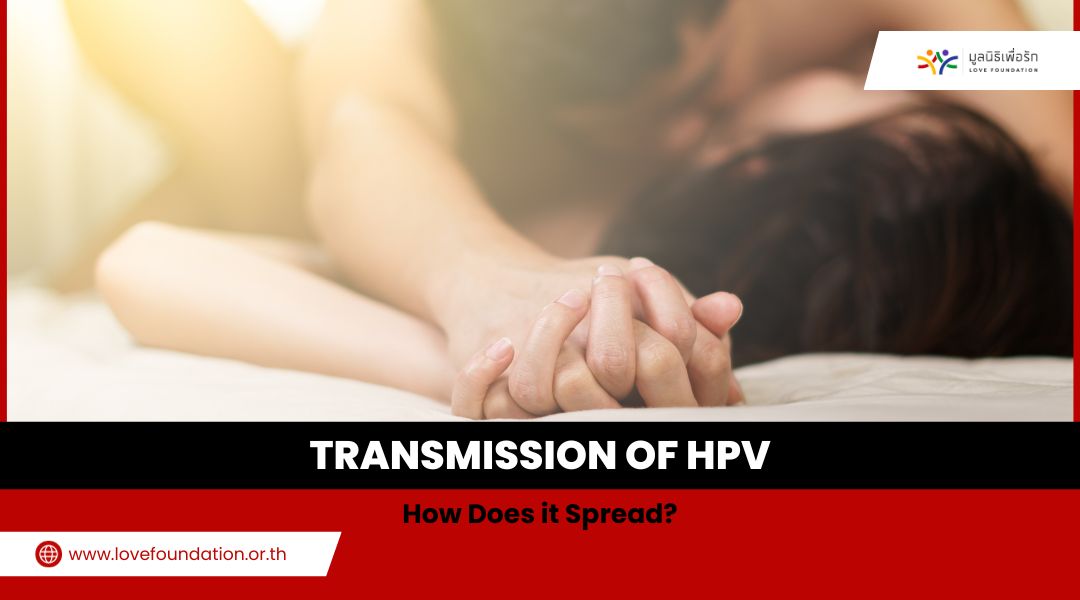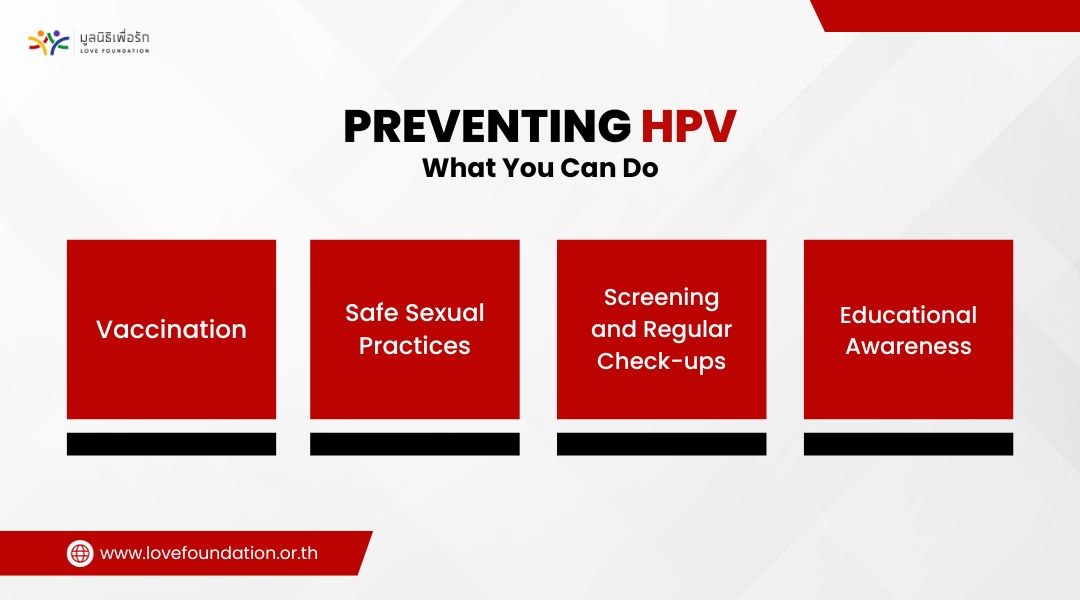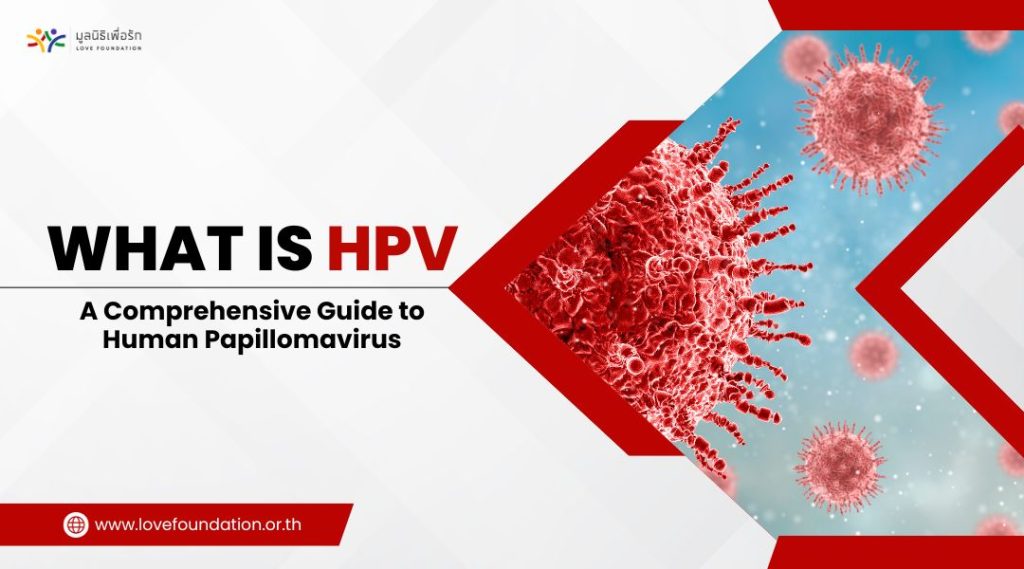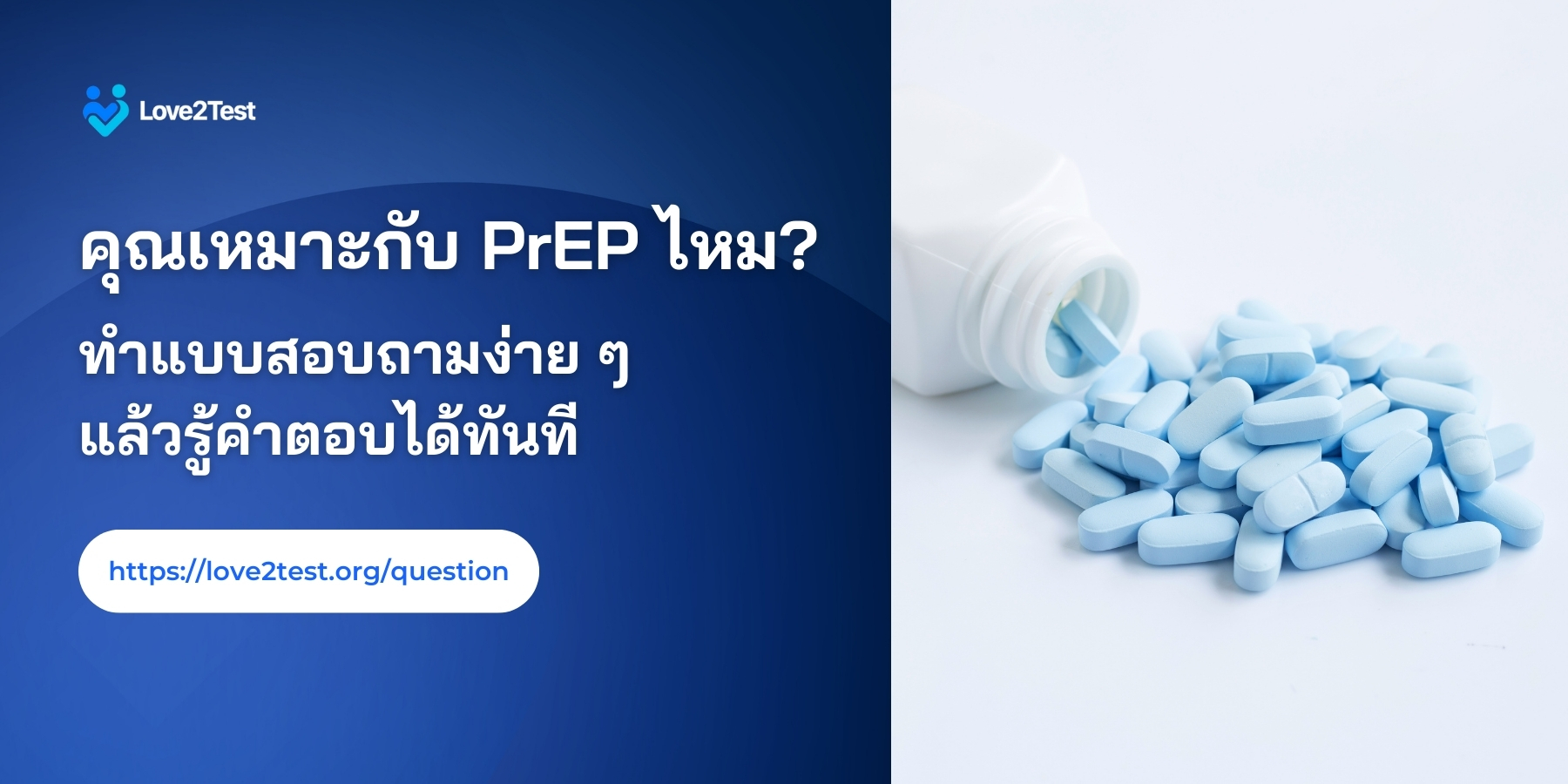If you’re seeking help on what HPV (Human Papillomavirus) is and want to become well-informed about this common yet often misunderstood virus, you’ve come to the right place. This comprehensive guide delves into the world of HPV, explaining its types, symptoms, transmission, prevention, and treatment options. By the time you finish reading, you’ll be equipped with the knowledge needed to take charge of your health.
Understanding HPV : What is it?
Human Papillomavirus (HPV) is a group of viruses that infect the skin and mucous membranes. With over 200 known types, HPV is categorized into two main groups: low-risk and high-risk. Low-risk types can cause benign growths like warts, while high-risk types can lead to more severe health issues, including certain cancers.
HPV : The Silent Threat
Human Papillomavirus (HPV) is a prevalent but often underestimated virus that affects millions of people worldwide. Despite its prevalence, many remain unaware of what HPV is, how it spreads, and the potential health risks it poses. This comprehensive guide aims to demystify HPV, offering valuable insights to help you understand and protect yourself from this viral menace.
Types of HPV

- Low-Risk HPV: These types of HPV are responsible for benign warts on the skin, genitals, or throat. While they are generally not associated with cancer, they can be aesthetically unpleasant and uncomfortable.
- High-Risk HPV: High-risk HPV types have the potential to cause cancer, notably cervical cancer. They are also linked to cancers of the anus, penis, vulva, vagina, and throat.
HPV Symptoms: What to Look For
One of the unique aspects of HPV is that it often presents no symptoms. Many individuals infected with HPV remain asymptomatic. However, when symptoms do occur, they can vary depending on the type of HPV involved.
Common Symptoms of Low-Risk HPV
- Genital Warts: These flesh-colored growths appear on the genitals or around the anus. They can be itchy or painful and may be raised or flat. Genital warts are primarily associated with low-risk HPV types, such as HPV 6 and HPV 11.
Symptoms of High-Risk HPV
High-risk HPV types are often asymptomatic, but they can lead to severe health complications over time. Conditions associated with high-risk HPV include.
- Cervical Cancer: High-risk HPV types, especially HPV 16 and 18, are the primary cause of cervical cancer. This cancer can develop over many years, and symptoms typically don’t appear until it reaches advanced stages.
- Anal Cancer: High-risk HPV can also lead to anal cancer, with symptoms that may include anal bleeding, pain, or changes in bowel habits.
- Penile Cancer: Men can develop penile cancer as a result of high-risk HPV infection. Symptoms may include changes in the color or thickness of the penile skin, persistent sores, and discharge.
- Vulvar and Vaginal Cancer: High-risk HPV types can contribute to cancers of the vulva and vagina, leading to symptoms such as itching, pain, and changes in skin color or thickness.
- Throat Cancer: High-risk HPV strains, particularly HPV 16, are associated with oropharyngeal cancer. Symptoms may include a persistent sore throat, difficulty swallowing, and ear pain.
It’s essential to remember that even if you do not have noticeable symptoms, you can still transmit HPV to sexual partners.
Transmission of HPV: How Does it Spread?

HPV is primarily spread through direct skin-to-skin contact. You don’t need to engage in sexual intercourse to contract or transmit the virus; simple skin contact with an infected area is sufficient. The virus can be transmitted through.
- Vaginal, anal, or oral sex
- Kissing, especially if one person has oral warts
- Touching the genital or anal area of an infected person
- Sharing personal items, such as razors, with an infected individual
Given its highly contagious nature, HPV is often considered a silent epidemic, as it can spread unknowingly from one person to another.
Treatment of HPV: Managing the Virus
There is no cure for HPV, but many infections resolve on their own without causing any symptoms or health issues. When symptoms or health complications do arise, they can be managed through various treatments.
Treating Low-Risk HPV
- Topical Treatments: For Genital warts caused by low-risk HPV types, healthcare providers may prescribe topical treatments such as creams or ointments to reduce or remove the warts.
- Surgical Removal: In some cases, warts may need to be removed surgically, using methods like cryotherapy (freezing), laser therapy, or excision.
Managing High-Risk HPV Complications
The treatment for high-risk HPV largely depends on the associated condition. Here are some common approaches.
- Cervical Cancer: If cervical cancer is diagnosed, treatment may include surgery, radiation therapy, chemotherapy, or a combination of these methods. The specific treatment plan will be determined by the stage of cancer and the patient’s overall health.
- Other Cancers: Treatment for other cancers associated with high-risk HPV varies and may include surgery, radiation therapy, or chemotherapy.
- Preventing the Spread: In cases of high-risk HPV, taking measures to prevent the spread of the virus to sexual partners is crucial. Regular follow-up with healthcare providers is essential to monitor any changes in the condition.
Preventing HPV : What You Can Do

Prevention is the first line of defense against HPV. Several strategies can help protect you and your partners from HPV infection and its associated risks.
Vaccination
Vaccination is a highly effective way to prevent HPV infection. The HPV vaccine is recommended for both males and females, typically starting at age 11 or 12. Administered in a series of shots, it provides protection against the most common high-risk HPV types. This vaccination has proven to be a powerful tool in reducing the incidence of cervical cancer and other related diseases.
Safe Sexual Practices
Practicing safe sex is another essential measure to reduce the risk of HPV transmission. Using Condoms consistently and correctly can lower the risk of infection, though they do not provide complete protection since HPV can infect areas not covered by a condom.
Screening and Regular Check-ups
For individuals with a cervix, regular screenings, such as Pap tests, can detect abnormal cell changes caused by HPV. Early detection and treatment can prevent the development of cervical cancer.
Educational Awareness
Education and awareness are fundamental to preventing HPV transmission. Understanding the risks and knowing how to protect yourself and your partners is key to reducing the spread of the virus.
Human Papillomavirus (HPV) is a pervasive and often misunderstood viral infection. It affects millions of people worldwide and has the potential to cause serious health complications, including various types of cancer. Understanding HPV : What is it ?, its types, symptoms, transmission, prevention, and treatment options is vital in protecting your health and the health of your loved ones.



